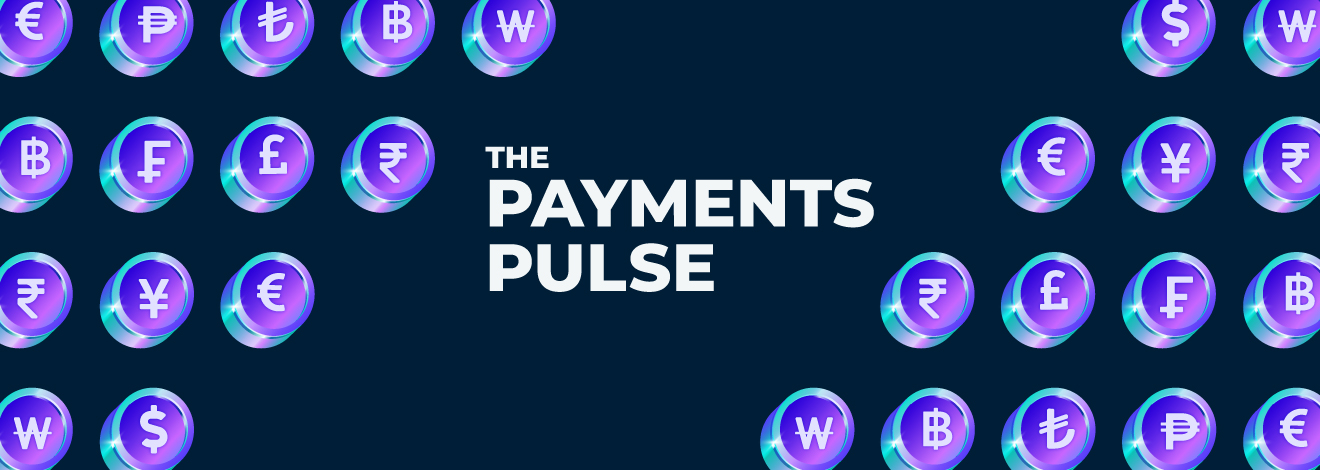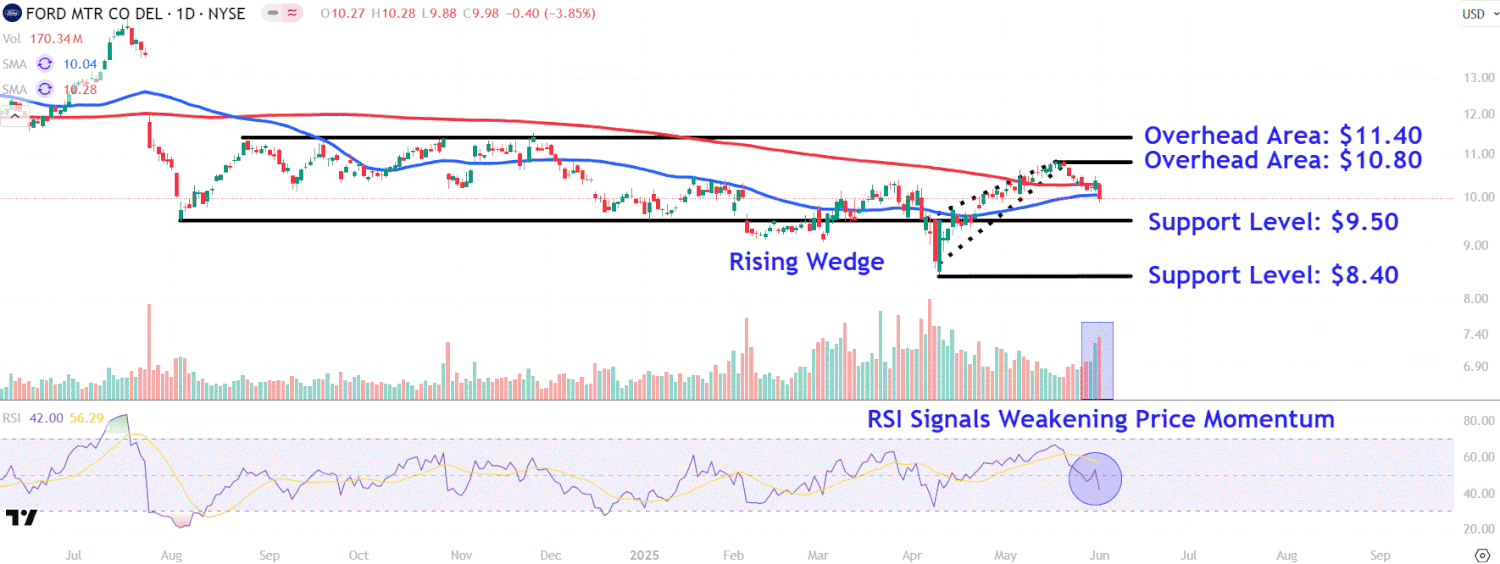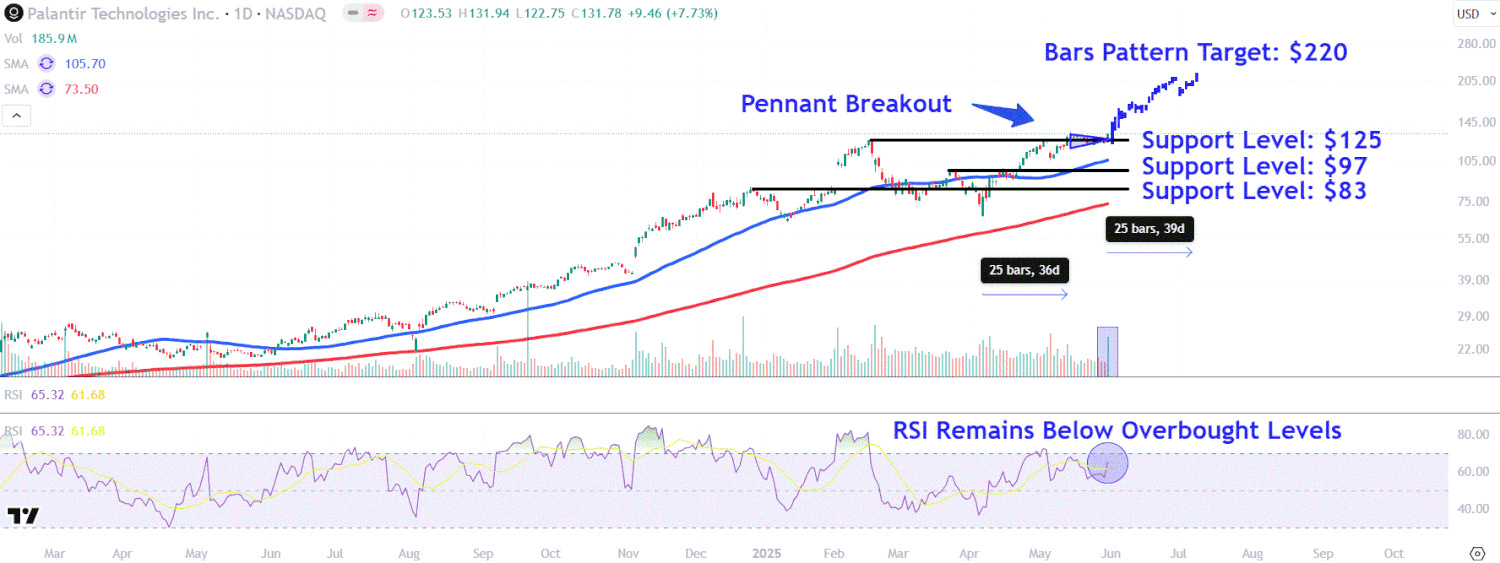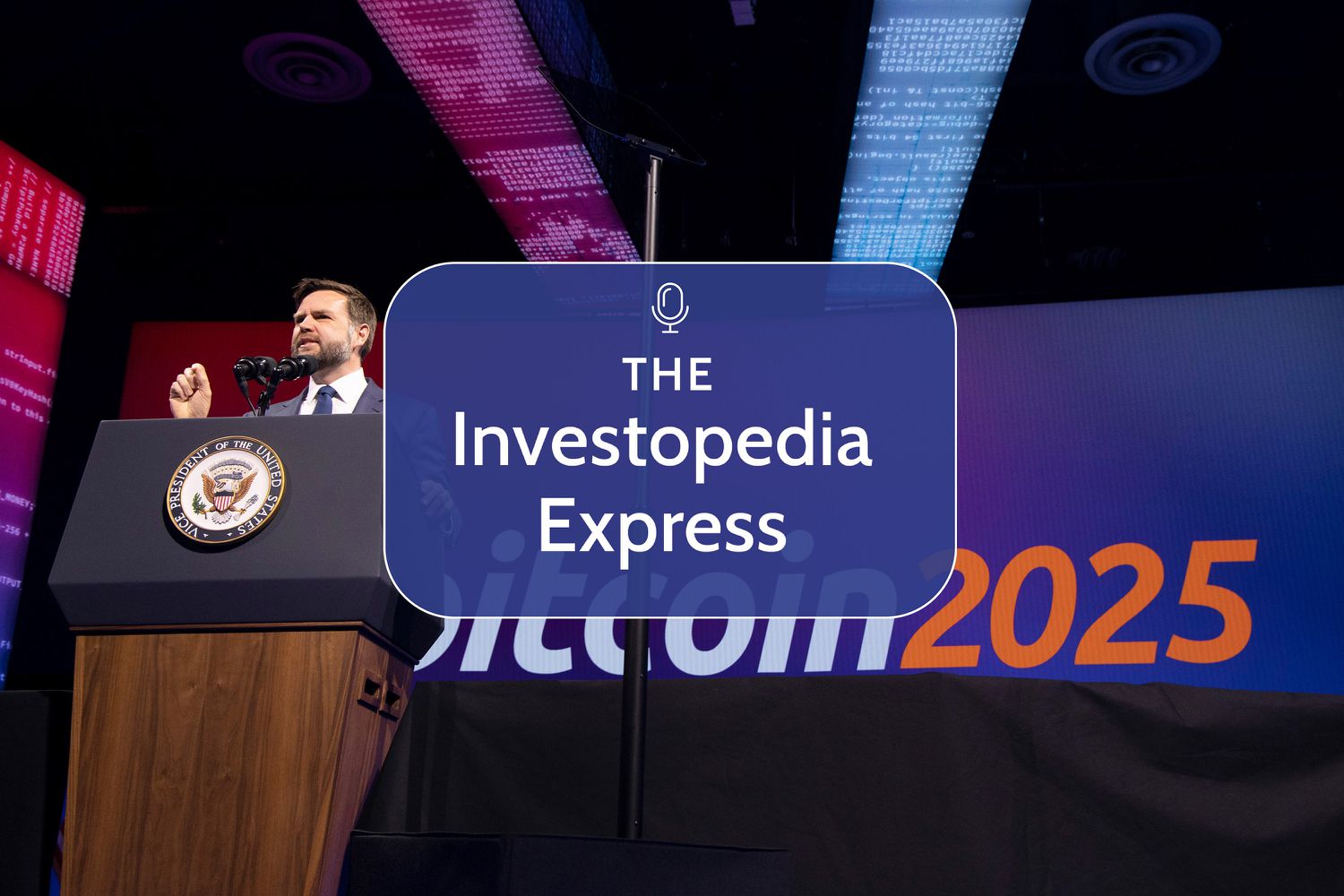Why Jeff Clark says we’re headed lower… the sector that will lead the decline… a dangerous clause in the “Big Beautiful Bill” … watch the dollar and bond yields… Jonathan Rose’s subscribers go six-for-six
The second stage of this bear market will be brutal.
So says veteran trader Jeff Clark.
Now, perhaps your reaction is, “what bear market?”
As I write Monday, the S&P is just 4% below its all-time high set back in February. Plus, this earnings season has been strong; and on Friday, the University of Michigan’s consumer sentiment survey showed sentiment improved in late May.
If anything, it feels like bullish momentum could carry us deep into the summer.
Here’s Jeff explaining what he sees coming next:
This is what bear markets do.
The first rally phase in a bear market is designed to punish bearish traders who’ve held on to short positions for too long and then coax reluctant bulls back into the market.
It makes folks question if we’re even in a bear market at all.
Then, the bear takes another swipe.
To illustrate, Jeff points toward a similar setup during the bear market in 2022.
In the chart below, note how the S&P peaked in early January of that year, then suffered its first decline phase – about 16% in two months.
But then, it delivered a stunning “V” shaped rally where it recovered most of that initial decline. “What bear market?” was likely the reaction from investors.

Source: StockCharts.com
Back to Jeff:
V-shaped rallies are dangerous. Investors who sold at the bottom regret their decision. They buy back in at higher prices.
And, this time, they vow not to get “bluffed” out of positions on the next decline because apparently, stocks only go up.
During the second decline phase, these investors hold onto their stocks and endure larger losses because they’re convinced they made a mistake selling the first time around.
Jeff believes that even if he’s wrong, the S&P’s technical set-up limits additional gains from here:
If I am wrong, since the market is already in an extended condition – with the various moving averages expanded far away from each other – we’re not going to miss out on a huge move higher.
There’s not much fuel remaining for that sort of a move.
As we’ve highlighted in past Digests, Jeff believes we’re in the early stages of a bear market that won’t bottom until later this fall – potentially, somewhere around 4,125. But at that point, we’ll have what Jeff calls a “generational buying opportunity.”
This sector will be the first to fall
Jeff warns that the financial sector will lead the market lower over the next several weeks.
Behind this call is the Bullish Percent Index for the Financial Sector (BPFINA) that just triggered a new sell signal. I’ll show you the chart in a moment.
First, a bullish percent index shows the percentage of stocks within a sector that are trading in a bullish technical formation. It can range from zero to 100, with anything above 80 indicating overbought conditions. Readings below 30 signal oversold conditions.
Through a bearish lens, sell signals occur when the index turns lower from overbought conditions, which it’s now doing.
Here’s the chart:

Source: StockCharts.com
Here’s Jeff’s bottom line:
It appears the bear is gearing up to take another swipe.
The last time the BPFINA generated a sell signal was in December. Jeff and his subscribers traded that by buying put options on Bank of America (BAC). It resulted in a 50% winner in just two weeks.
In April, when they got a buy signal, they sold uncovered put options on Citigroup (C). They closed that position just five days later with 76% gains.
Congrats to all the Delta Report traders on your wins.
If you’re a subscriber, Jeff just recommended a new bearish trade on Friday. Click here to log in and get the details.
A clause in the “Big Beautiful Bill” to keep your eye on
On Friday, we learned that President Trump’s “One Big Beautiful Bill Act” – recently passed by the House – contains a tax provision that could dent our portfolios.
“Section 899” makes a major change to how foreign investors (both individuals and sovereign entities) are taxed on U.S. investments. It carries potentially big consequences for investors, the dollar, and treasury yields.
Stepping back, for decades, foreign capital has flowed freely into American assets like stocks, real estate, and most importantly, U.S. Treasury bonds – in part due to favorable tax treatment.
Section 899 changes that.
It removes key exemptions and introduces new reporting and withholding rules. Basically, the clause makes it more complicated and costly for foreigners to park money in the U.S.
Higher taxes (up to 20%) and compliance burdens would discourage foreign investments in the U.S. And fewer foreign dollars pushing stock prices higher would be a headwind for the market.
But the far bigger issue is what this clause might mean for governments
Sovereign wealth funds and foreign central banks have long relied on Treasuries and U.S. assets for safety and liquidity.
Section 899 treats them more like any other taxable investor. The policy change undermines the incentive to keep buying U.S. assets – or even to hold the treasuries they currently own.
There are two potential knock-on effects:
- A weaker dollar
If foreign capital begins to exit or if inflows slow dramatically, demand for U.S. dollars could drop, weakening the greenback.
That’s not just a currency story; it’s an investment and inflation story. A weaker dollar can push up the cost of imports, stoke the reinflation no one wants, and trigger a flight from dollar-denominated assets.
- Soaring treasury yields
More concerning, this is happening as the U.S. is in the middle of refinancing trillions in debt.
If foreign governments step back from buying treasuries – or worse, start selling them – it will increase supply and reduce demand. That would force our government to offer higher yields to attract new buyers.
But higher yields will mean higher borrowing costs – just as America’s fiscal position is getting worse. Higher yields would also be a headwind for stocks, pressuring valuations and offering competition to stocks.
Now, the benefit of the change is that it could start righting the wrongs of unfair trade partners from past decades.
Here’s TheWall Street Journal to explain that perspective:
[Section 899] is designed to apply only in cases where other countries are deemed to be imposing unfair or discriminatory taxes against U.S. companies…
Countries that could be subject to the tax include those that impose digital-services taxes on tech companies, such as some European Union members and the U.K.
The Trump and Biden administrations have both criticized those taxes as unfairly targeting U.S. companies that dominate the tech industry.
We’re all for “fairness” – especially with U.S. Big Tech. But it might be a bumpy ride to achieve such fairness with painful, economic collateral damage in our treasuries market.
Bottom line: Section 899 is a big deal. While it might pressure other nations toward better trade behavior, it also risks unraveling decades of dependable foreign investment in the U.S. that could, ultimately, hit our portfolios.
We’ll keep tracking this with you.
Finally, let’s end with a big congratulations to Jonathan Rose’s Earnings Advantage members
Jonathan has been helping his subscribers cash in on a slew of trading profits this earnings season.
If you’re new to the Digest, Jonathan is a veteran trader who earned his stripes at the Chicago Board Options Exchange. He went toe-to-toe with some of the world’s most aggressive and successful moneymakers.
He’s made more than $10 million over the course of his career, profiting from bull markets, bear markets, and everything in between. Most recently, he’s been helping his readers create their own trading fortunes.
Here’s Jonathan:
Over the last few weeks, we went six-for-six on a slew of doubles and triples including a huge 67.9% on gain on Global Ship Lease (GSL) and a stunning 119% on Tutor Perini Corp (TPC).
And those recent wins are just the tip of the iceberg…
Earlier this year, we landed a series of double and triple-digit winners that helped my readers take gains during one of the most volatile markets in history.
Now, here’s the bottom line: My Earnings Advantage readers had the chance to take home at least 26 winners with a 30% average return. All since I started sending out recommendations in 2024.
That’s the power of knowing exactly which trades to make when earnings season rolls around.
Congrats again to all the Earnings Advantage subscribers who have been profiting from these trades.
To learn more about Jonathan’s trading strategy in Earnings Advantage, click here.
And to watch Jonathan’s free daily market analysis, click here to join him for Masters in Trading Live, every day the market is open at 11 a.m. ET.
You can also join him on YouTube to ask him your trading questions. As he points out, “it’s a great way to connect directly with our trading community and make sure you’re getting the insights you need to help build a deeper understanding of the markets.”
We’ll keep you updated on all these stories here in the Digest.
Have a good evening,
Jeff Remsburg

























